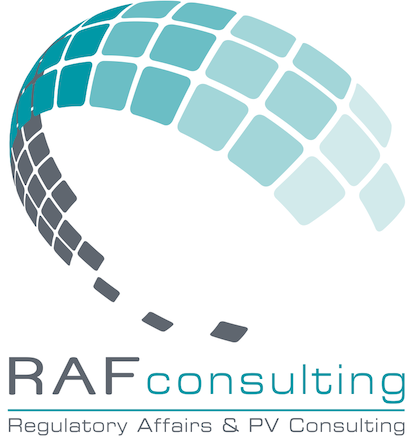Official Mexican Norm NOM-241-SSA1
Good Manufacturing Practices for Medical Devices.
On December 20, 2021, the Ministry of Health published, in the Official Gazette of the Federation, the update of Official Mexican ORM NOM-241-SSA1-2021, Good manufacturing practices for medical devices, which aims to establish the minimum requirements for the processes of design, development, manufacturing, storage and distribution of medical devices so that they are used by the patient or final consumer.
This new standard replaces its previous version (NOM241-SSA1-2012), which became obsolete as of June 20, 2023.
This article will describe generally the overall main changes in this new version that, as described below, have a high impact for the industry:
– Changes were made to the wording, which facilitated understanding and avoid the ambiguity of some definitions and requirements.
– Terms, abbreviations and definitions were incorporated such as: GMP (Good Manufacturing Practices), GDP (Good Documentation Practices), GSDP (Good Storage and Distribution Practices), GLP (Good Laboratory Practices), Certificate of Conformity, Software as medical device.
In this update we can observe as a point of improvement, that some particular requirements that were dispersed in the body of the standard were broken down and grouped together. For example, there is already a chapter on quality risk management, since the previous standard addressed risk management, but in numerals that were found throughout the standard, and now they are found jointly in the section quality risk management.
Likewise, there are specific chapters on Documentation, out of specifications handling (non-conforming), returns and complaints, change control, deviations and technical audits.
Some concepts were harmonised with other Official Mexican Standards for Good Manufacturing Practices, as well as with other international guides and standards. For example: the modification of the definition of medical device where the Software is already included as a medical device, you can check on our blog, what we wrote about it. https://bit.ly/3Tmfr4r
One of the most evident changes of this standard is the requirement to carry out Quality Risk Management, which must be aligned with ISO 14971, FEUM and quality tools must be used to carry out this risk management. It must also be documented in SOPs, and as a requirement, personnel must be trained with said SOPs. In addition, the personnel that carry out risk management must be qualified to be able to implement it. With this new version, risk management must be implemented for systems, operations and processes.
Other of the most relevant modifications refers to the staff. Previously, there was a legal blank space in the General Health Law, since it included the professions that a SANITARY responsible (SR) of various establishments should have, except to be SR of medical device factories.
In this new version, this gap is covered with what is indicated in numeral 9.1.2.1, where it indicates that to be an SR you must have a minimum degree in the pharmaceutical, chemical, biological, of medicine, biomedical, biochemical or other professional field, as long as it is related to the process.
A new numeral that appears in the chapter is the delegation of functions, where the SR is empowered to delegate an assistant in writing, where it should be noted that it delegates functions but not responsibilities.
There is also a number referring to the requirements of Good Storage and Distribution Practices, which applies to independent warehouses that do not belong to a medical device factory, such as distributors.
The standard in its previous version spoke of having to carry out a quality management system where the quality management system must be implemented, documented and maintained, as well as maintaining its effectiveness in accordance with the requirements of this standard established in a quality manual. This new version describes in more detail each of the processes that must be carried out by identifying the process needs for the GMP system.
In this version the field of application was extended. It is no longer limited to medical device processes, but also explains other types of processes such as manufacturing, storage, conditioning, warehousing, and distribution.
A great challenge is the regulation of Good Storage and Distribution Practices since in Mexico we have a large number of establishments and out of the products on the market that they sell, they are only dedicated to the importation of medical devices and their distribution.
Due to the great growth of the Medical Devices industry, particular requirements have had to arise that include the full range of medical devices for compliance with GMP in different applications and processes, which we consider to be a great achievement to be able to detail and be clearer in terms of regulation and clarity always facilitates compliance.
Bibliography: NOM-241-SSA1-2021, Good manufacturing practices for medical devices. DOF: December 20, 2021.

